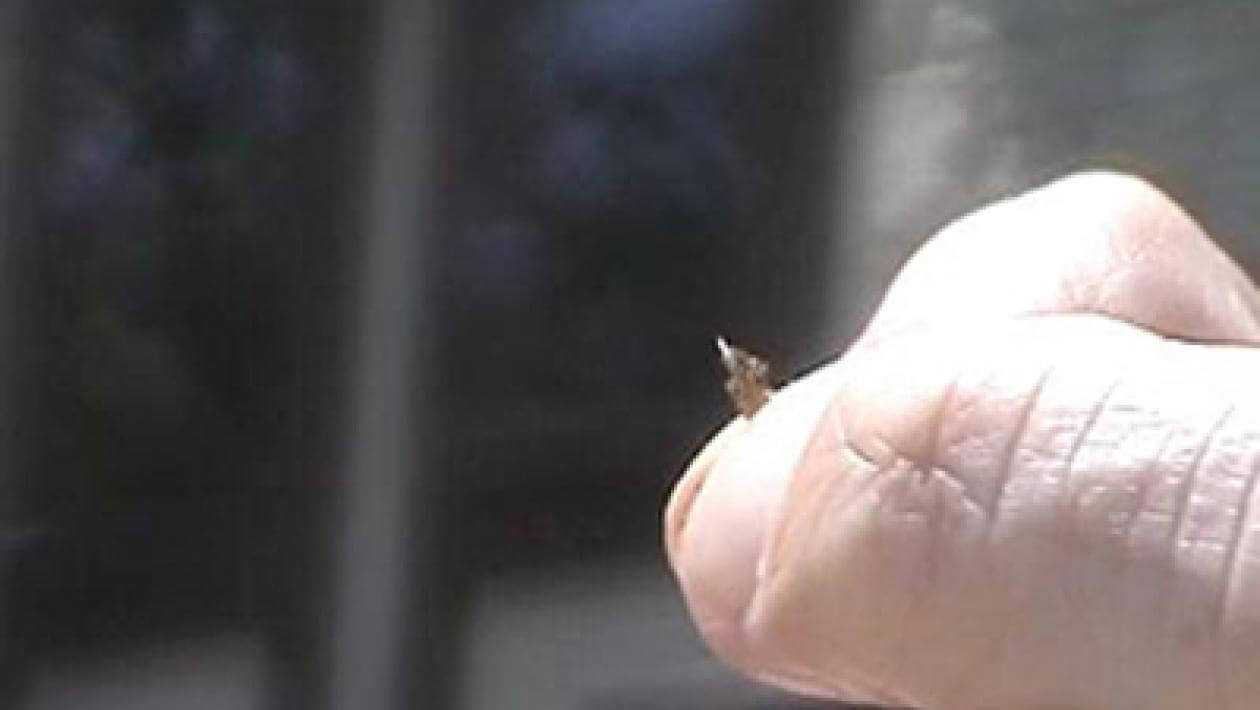Césped
-

Plant a New Lawn: My Favorite Lawn Tool
A landscape rake is a great tool to help move dirt around and level large areas.
-

Plant a New Lawn: Create the Right Environment
Seeds are little baby plants. It's important to create the right environment so they will grow strong.
-

Plant a New Lawn: Competing With Trees
Using tall fescue gives your lawn a fighting chance against trees in the battle for water and nutrients.
-

Plant a New Lawn: Buy Good Seed
Buying good seed starts with reading the tag.
-

Plant a New Lawn: Using a Spreader
A few tips on setting the spreader and figuring out square feet.
-

Plant a New Lawn: Spreading the Seed
It's time to spread the seed! First spread it one way over the whole lawn, then change directions and spread the other way. This ensures full coverage. Lastly, spread a little extra seed on the edges by hand.
-

Plant a New Lawn: Review the Seeding Job
After spreading out your seed, walk the area. It is better to touch-up areas now than have unnecessary bare spots later.
-

Plant a New Lawn: Scratching the Surface
Lightly rake it in. A quick, gentle raking will help obtain that very important seed-to-soil contact.
-

Plant a New Lawn: Adding Starter Fertilizer
When the new seedlings emerge, they are going to be hungry! Starter fertilizer will help them grow quickly. Remember, for first seedings ONLY use fertilizer that does NOT contain weed killer.
-

Plant a New Lawn: Covering Up the Seed
The last step is to add a mulch product to help cover and hold the seeds in place until they begin to sprout.
-

Plant a New Lawn: One Day After Planting
Watering is the most important thing we can do now.
-

Plant a New Lawn: Day 7 - They're poppin'!
We have baby grass plants!